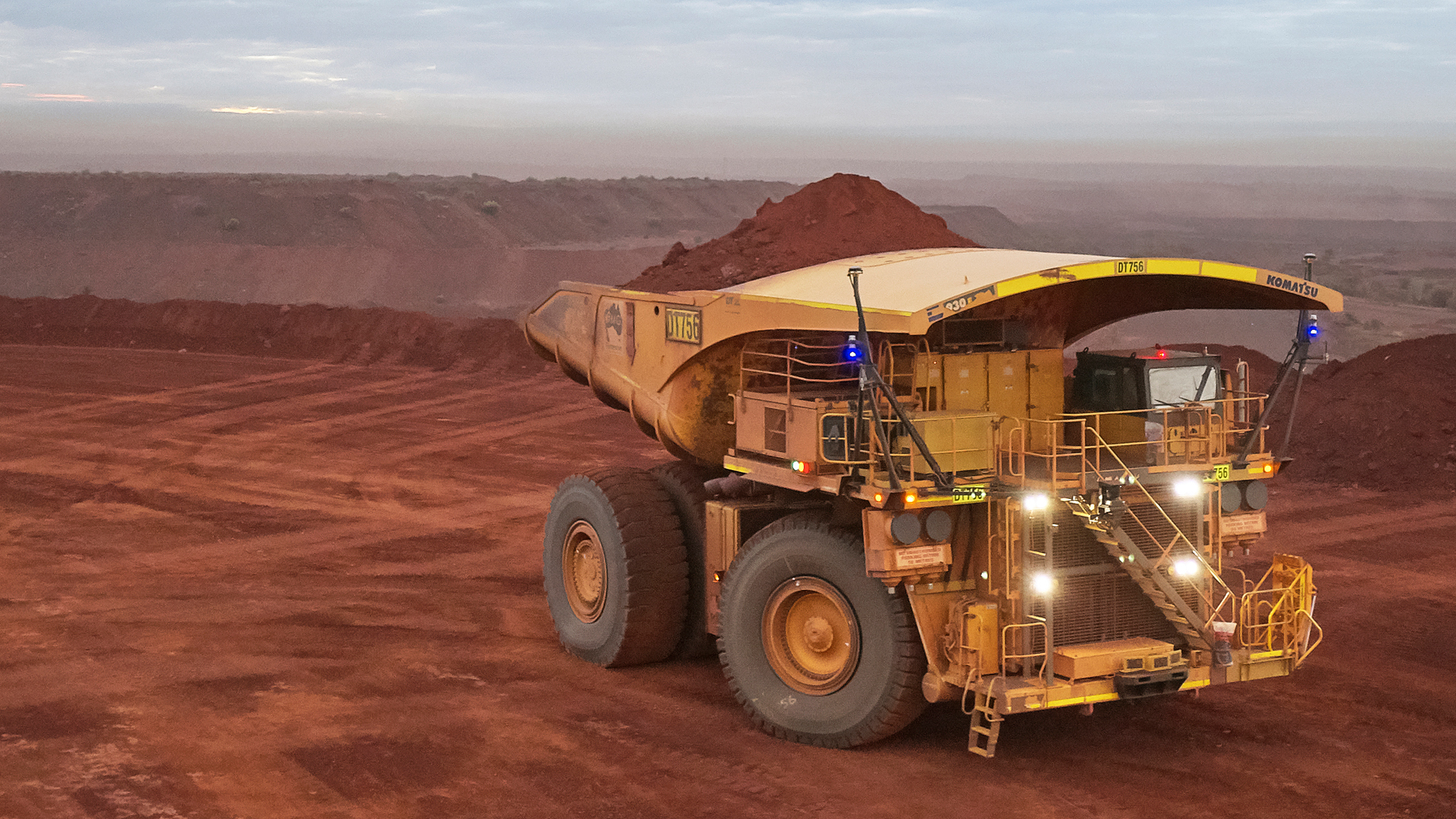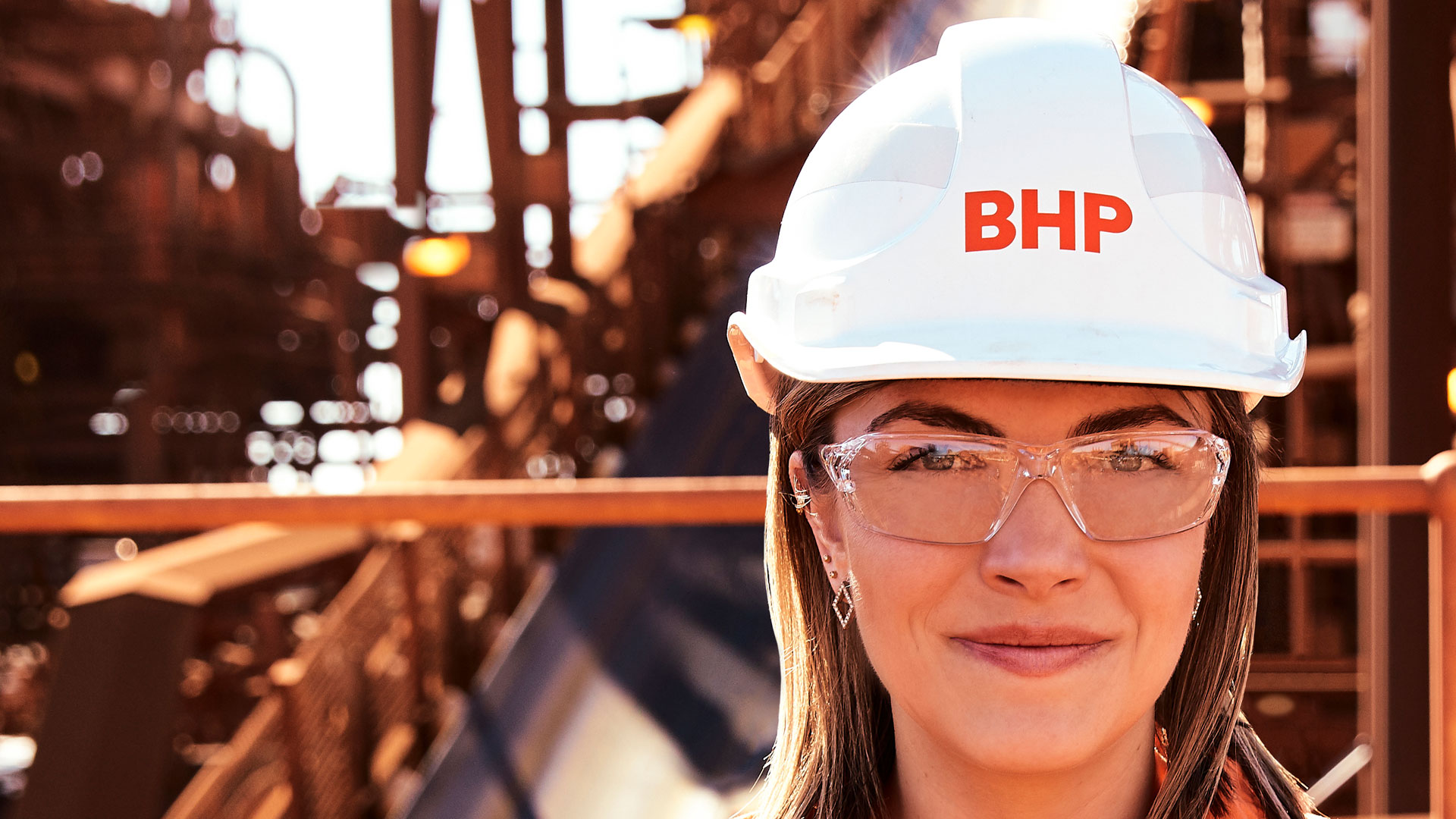The Chamber of Minerals and Energy of WA welcomes the 2022-23 Federal Budget and the ambitious measures announced to accelerate critical minerals projects, encourage the development of low-emissions technology and minerals processing, streamline regulatory processes and grow Australia’s workforce of the future.
CME Director of Policy and Advocacy Rob Carruthers said the budget highlighted not just Australia’s strong recovery from the COVID-19 pandemic but the contributions from the WA mining and resources sector which had underpinned that.
“The mining and resources sector’s ability to continue operating safely and effectively through the COVID-19 pandemic amid a positive commodity cycle has resulted in record terms of trade,” Mr Carruthers said.
“In addition, the sector’s direct contribution of taxes and royalty contributions to government has helped fund important national economic recovery initiatives, including targeted assistance measures for job seekers, job trainers and small-to-medium businesses.
“In turn, this budget includes a range of initiatives designed to capitalise on the $127 billion of projects currently in the WA resources pipeline, as well as growing and diversifying Australia’s resource exports. It’s telling that the budget forecasts a further 10 per cent increase in mining investment over the next 12 months.
“CME welcomes well-targeted initiatives in value-add processing and forward-leaning export growth across iron ore, critical and battery materials, and development hubs for nascent hydrogen and ammonia production from low emissions energy sources. Locking in advancing onshore processing and modern manufacturing opportunities across the supply chain are areas CME continues to advocate for and support.
“There are a range of initiatives, announced both in the lead-up to the budget and tonight, which will be very beneficial for our sector. These include a $1.5 billion investment in the Pilbara that will feature increased mineral processing and a strong focus on investment to create a ‘next generation export hub’, with an emphasis on low emissions technologies, including renewable energy hydrogen, ammonia, and carbon capture and storage.
“The additional $2.8 billion for new trade apprenticeships will be essential to developing the workforce of future. A further $3.7 billion investment aimed at encouraging small businesses to invest in training is also applauded.
“Fundamentally, international skills migration will be critical to filling widespread skills shortages, particularly in specialised and hard-to-source roles, so we are pleased to see a revised optimistic outlook in the budget which forecasts that net migration will return to 213,000 by 2024. Noting this forecast is still 50,000 people short of pre-pandemic peaks, more work needs to be done collectively by government and industry to attract the best and brightest to come and work and build a life in Australia.
“CME and its member companies are very proud of the enormous contributions the WA mining and resources sector has made over the past two years to the State and Federal economies and communities around the nation.”
Among the other significant announcements contained in the Budget, or unveiled in the lead-up to it, and welcomed by the WA mining and resources sector:
- A $2 billion Critical Minerals Facility providing loan capabilities for projects to help secure supplies of vital resources.
- A $2 billion increase in funding for the Northern Australia Infrastructure Fund
- A Low Emissions Technology Commercialisation Fund, providing $500 million to boost investment in Australian companies to develop new low emissions technology.
- $128.5 million to advance environmental law reform, including single touch approval processes, on-time assessment determinations and modernised offset policies.
- A further $200 million in grants through a Critical Minerals Accelerator Initiative, aimed at accelerating project development and attracting private sector financing
- $158.7 million in funding to support two additional clean hydrogen hubs
- A $1.3 billion package to support women’s health and end violence against women and children
- $547 million over five years towards national mental health and a suicide prevention plan, including $52.3 million for Lifeline to provide mental health support
- New funding of $177.7 million for the Future Fuels Fund, supporting new technologies for heavy and long-distance vehicles and hydrogen refuelling stations
- Investment of $365.3 million to extend the Boosting Apprentices Commencement and Completing Apprentices Commencements wage subsidies
- $752.1 million to continue support for states and territories in their responses to COVID-19
- A further $328.3 million commitment of funding to the Modern Manufacturing Initiative
- $346.1 million towards enhanced paid parental leave over the next five years
- An expansion to the Indigenous Rangers program facilitated by an investment of $636.4 milion over six years
- $1 billion in taxation relief for businesses with turnover of less than $50 million, via the ability to deduct an additional 20 per cent in relation to cyber security and e-invoicing software.




